|
Yes, there’s more. While the most obvious element of piecing is how the seam intersections meet, which was cover in the last post, there are a number of other points that make for good quality work. Consider cutting. Before you ever thread a needle, you cut your fabric and how well this is done will show up in the finished piecing. All like patches (for example: the squares making up a 9 Patch block) should be the same size and shape. Although these can get distorted at any number of other points, clean, accurate cutting is the foundation for good piecing. 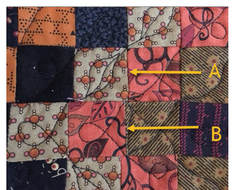 Although there are a lot of piecing issues between Patch A and Patch B, a strong contributor to the problem is that Patch A is smaller than Patch B, in a block that needs all its patches to be the same size. Given that they start out inaccurately cut, they could never be pieced accurately. Attention to grain line/bias during the cutting process will also contribute to a crisp result. There should be no distortions in the finished piecing caused by inattention to grain. Similarly, awareness of the printed design on the fabric is important. Careful manipulation or control of directional elements will either enhance the piecing, if done well, or detract from it if the directional elements draw negative attention. It is not unusual for smart use of fabric to be significant in a quilt’s success. Next, all the things related to thread and stitching. Thread should match or blend with the fabric. Keep in mind that the judge will likely check the seams carefully, at least in a few places on the quilt. Just because a discordant thread isn’t visible from a distance doesn‘t mean it won’t be picked up on closer examination. Choice of an appropriate thread for piecing is a one-and-done, easy thing to do correctly. It’s just as simple to thread up and wind bobbins from a well-chosen spool of thread as it is to use a poorly chosen spool. 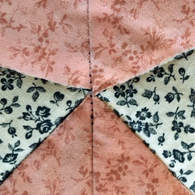 Why yes, that is black thread. Sometimes, even if the stitches don't show, the presence of dark thread under light fabric can make the seam look dirty, almost as if the stiching lines were marked with pencil that was not removed. Stitching should be secure, with good tension. When the judge gets up close and spreads a seam, the stitch should stay firm, not stretch apart. No open seams or loose fabric edges should be visible. Thread ends and knots should be hidden. 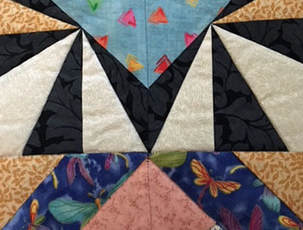 Doesn't look too bad from here... 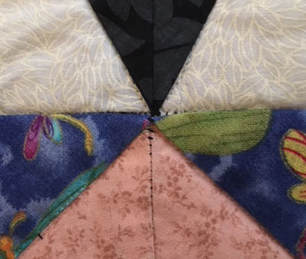 ...but up close it's another story. Maybe the judge won't notice. So your fabric choices are well made, the patches are well cut, the thread is right on the money. Other than accurate piecing, which was covered in the last post, can there really be more?
Yup. Stacy Koehler, Secretary, NACQJ NQA Certified Judge Qualified to Evaluate Masterpiece Quilts
1 Comment
Susan B Catanzarito
2/9/2018 12:35:44 pm
I MET YOU AT THE QUILT COMPANY AND FINALLY GOT AROUND TO YOUR BLOG. WHAT GREAT INFORMATION YOU SHARED. THANKS. SUSAN
Reply
Leave a Reply. |
AuthorStacy Koehler became an NQA Certified Judge in 2005. She is a current member of the National Association of Certified Quilt Judges and has served as the new organization's Secretary. She loves quilts and quilters and believes that a well-judged quilt can be a positive influence in its maker's individual development and contribute to the continued growth of the art of quiltmaking. Archives
July 2018
Categories |
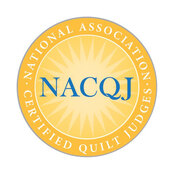


 RSS Feed
RSS Feed